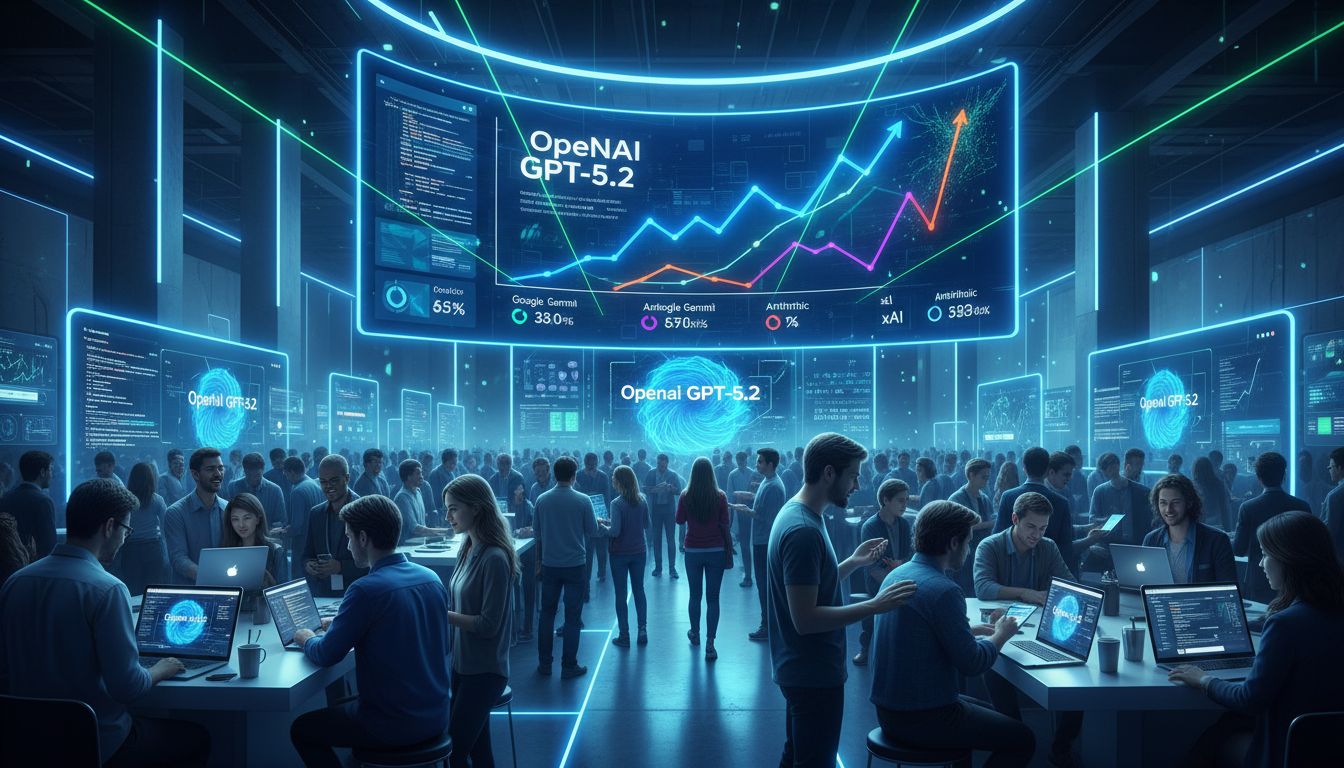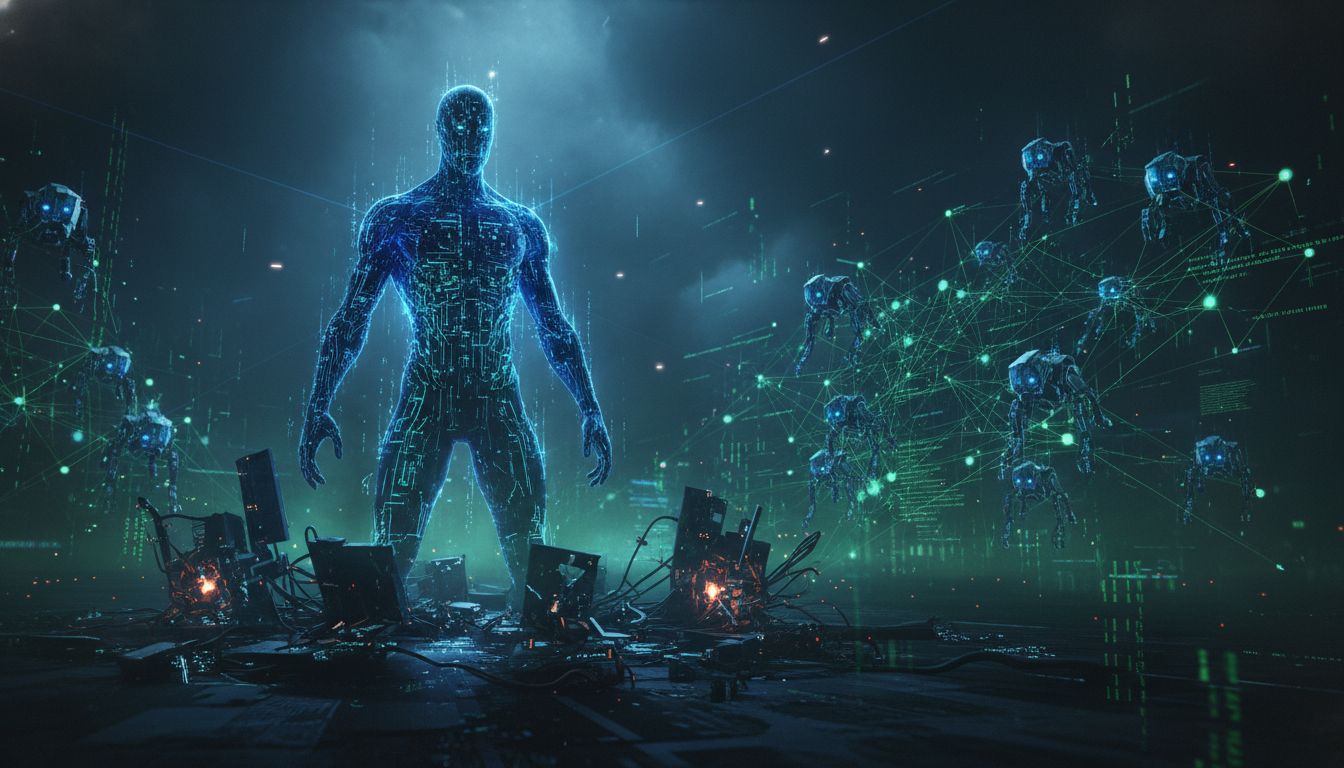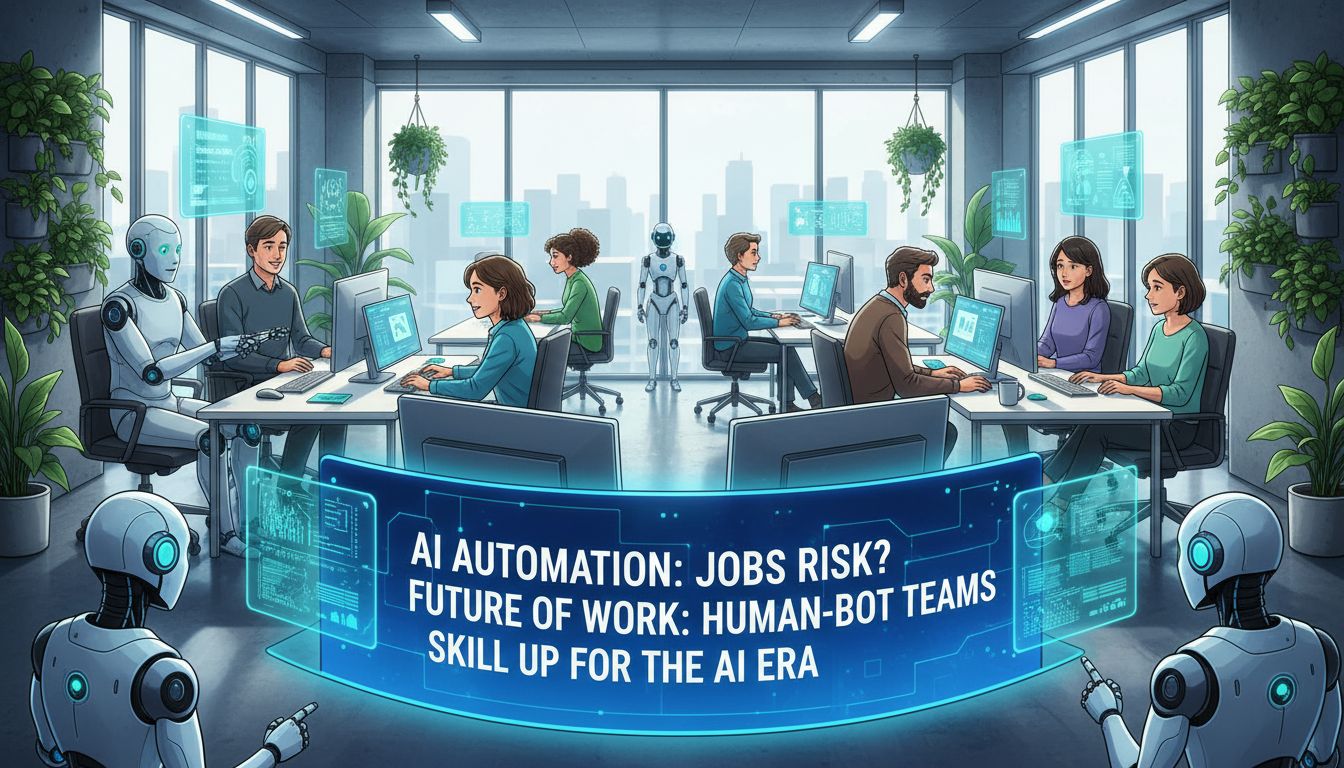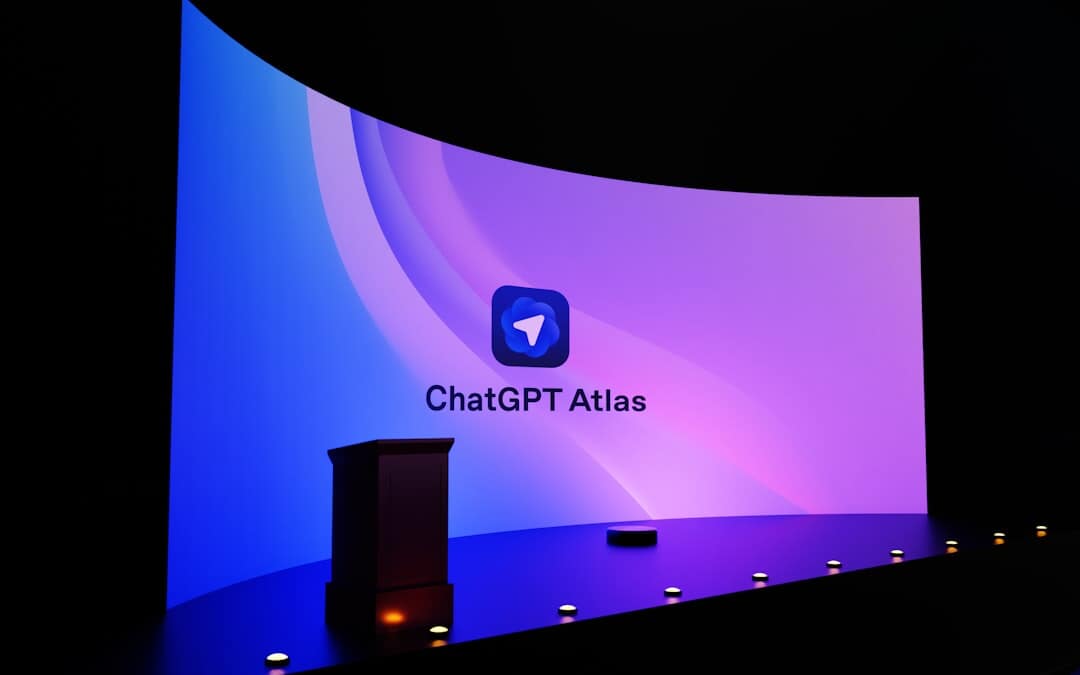Remember when you first heard about AI? The idea seemed as fantastical as a distant star. Now, that “star” is here and lighting up the world of medicine like never before.
AI-Powered Cancer Detection. Just think about it: computers using their learning prowess to outsmart one of humanity’s deadliest foes. Could it be true?
I remember my own disbelief turning into awe when I learned how deep learning and machine learning are helping doctors identify cancer early on from medical images. This was no longer just science fiction—it was real!
This isn’t just some abstract tech jargon; we’re talking life-saving stuff here! Like Augmented Reality Microscopes (ARMs) used for detecting pulmonary nodules or algorithms pinpointing risk factors faster than ever before.
Now, can I pose a question?
The Augmented Reality Microscope (ARM) is a groundbreaking tool that harnesses the power of artificial intelligence (AI) in cancer detection. By combining deep learning and machine learning algorithms, the ARM is revolutionizing cancer imaging and enhancing early diagnosis.
Deep learning, a subset of machine learning, plays a crucial role in the effectiveness of AI tools like the ARM in cancer imaging. This technology allows computers to mimic human thought processes, leading to significant improvements in accuracy. For example, a study demonstrated that an algorithm trained with deep learning techniques achieved high accuracy in identifying breast cancer, comparable to experienced radiologists.
Similar progress has been made in uncovering lung, pancreatic, and prostate malignancies. By analyzing medical images such as CT scans or chest X-rays at pixel-level precision, deep-learning-powered ARM tools can identify tiny abnormalities that may indicate early-stage cancers. This level of precision is impossible for even the most skilled human eye.
AI has immense potential for the early detection of various cancers. For instance, Google’s AI model has outperformed expert radiologists in identifying lung nodules on CT scans, suggesting its potential for screening tests. In an analysis involving nearly 30,000 cases, the AI system showed fewer false positives and false negatives compared to human experts. Additionally, researchers are exploring the use of natural language processing, a component of AI, to uncover potential risk factors in electronic medical records that are often overlooked by humans.
Early detection of cancer is crucial, as it allows for more effective treatment options. Treating patients at an earlier stage often results in less invasive procedures and better outcomes. This benefits both healthcare systems and patients, making early cancer detection a win-win situation.
The Augmented Reality Microscope (ARM) is at the forefront of AI-powered cancer detection, transforming healthcare and paving the way for more accurate and timely diagnoses.
The Augmented Reality Microscope (ARM), with its AI and deep learning capabilities, is changing the game in cancer detection. It can identify tiny signs of early-stage cancers that are tough for humans to spot. This breakthrough means earlier treatment, less invasive procedures, and better patient outcomes.
Table Of Contents:
The Augmented Reality Microscope (ARM) – A New Age Medical Device
As we stand on the brink of a new era in healthcare, technology such as the Augmented Reality Microscope (ARM), is taking center stage. This groundbreaking medical device promises to reshape our approach towards diagnosing and treating various diseases.
The Role of ARM in Pathology
Pathologists are indispensable in the diagnosis of diseases by closely inspecting tissues and cells under a microscope. But this task can be challenging, given the sheer volume of samples they need to analyze daily. That’s where ARM comes into play.
With its advanced features like high-resolution imaging and real-time data analysis, ARM is transforming pathology labs worldwide. The beauty lies not just in these tech features but also in how they help pathologists become more efficient without compromising accuracy.
Stat 5: With ARMs help, pathologists have seen their productivity increase by up to 30%. In turn, faster diagnosis leads to quicker treatment initiation for patients – every second counts when dealing with life-threatening conditions.
The ARM’s Impact on Health Organizations’ Costs
Cutting-edge technology often carries a hefty price tag. However, investing in an Augmented Reality Microscope might prove less costly than you’d think. Especially considering its potential impact on health organizations’ costs.
Digital pathology systems are known for being expensive, both initial investment and maintenance-wise. However, here’s something surprising about ARMs: They offer similar benefits at a fraction of the cost compared with traditional digital systems.
Note:
The average digital pathology system can cost around $100,000. In contrast, an ARM can be integrated into existing optical microscopes for a significantly lower price.
Stat 7:
ARM technology could potentially reduce health organizations’ costs by up to 60%.
With this big cut in spending, healthcare providers can now put more into other areas like research or patient care.
With its high-resolution imaging and real-time data crunching, the Augmented Reality Microscope (ARM) is revolutionizing healthcare. It’s not just about boosting pathologists’ efficiency by up to 30% – it also cuts costs for health organizations by roughly 60%. This cutting-edge tech gives us the power to diagnose quicker and start treatment earlier, reminding us that every second truly counts.
The Use of AI Algorithms in Cancer Screening Tests
As we plunge into the age of digital medicine, cancer screening tests are getting a major upgrade. This leap forward is largely due to artificial intelligence (AI) algorithms that have transformed how these screenings operate.
The Role of AI in Lung Cancer Screening
A perfect example can be found with lung cancer screening. Previously, X-rays of the chest and CT scans were employed to detect pulmonary nodules—minuscule masses inside the lungs that could be potentially early stages of cancer. However, there’s a hitch: identifying these nodules is challenging for even the most experienced radiologists because they’re often very tiny and subtle.
This is where AI comes in, like a superhero from your favorite comic book series. Advanced algorithms designed for image analysis come in handy here. They work tirelessly, scanning through medical images much more accurately than the human eye ever could.
A study at Stanford University showed that an algorithm performed on par with or better than radiologists at detecting potential issues.
Identifying High Risk Factors through AI
Beyond just detection, though, it’s equally important to identify high-risk factors associated with different types of cancer so doctors can prioritize who gets screened first among the general population.
To do this efficiently, we turn once again towards our trusty sidekick: Artificial Intelligence. Sophisticated tools now use natural language processing techniques—think Siri understanding your question about weather tomorrow—but apply them to vast troves of data instead.
In this case, researchers at Mass General Cancer Center, used AI to analyze medical records, specifically looking for gene mutations and other risk factors that may increase a person’s likelihood of developing cancer. This allowed them to predict the potential onset of disease much earlier than traditional methods.
The benefits are manifold: patients undergoing treatment can be diagnosed at an earlier stage, which significantly improves their chances of survival. The decreasing cost and increasing efficiency associated with this kind of analysis are also contributing to major changes in healthcare systems worldwide.
High Accuracy: A Major Plus Point
Artificial Intelligence
Artificial Intelligence is revolutionizing cancer screening tests, offering a digital upgrade to traditional methods. For instance, in lung cancer detection, AI algorithms analyze medical images with more accuracy than the human eye. Moreover, these smart tools use natural language processing techniques to identify high-risk factors from massive data sets, allowing early diagnosis and improved patient survival rates.
Human Performance vs. AI
AI’s potential in cancer detection and treatment has sparked many debates. But how does it compare to human performance? Let’s dig into the data.
Cancer Detection: The Human Eye vs. AI Tools
A crucial part of any cancer screening process is image analysis, something traditionally done by trained doctors using their naked eye or aided with medical devices.
The role of healthcare systems is critical here, as they must maintain high accuracy while dealing with large volumes of scans daily. This brings us to one major advantage that AI holds over humans: volume handling capacity.
In fact, studies have shown that when compared side-by-side on CT scans for detecting pulmonary nodules (early-stage lung cancer), an algorithm performed significantly better than radiologists.
Precision Cancer Treatment Decisions: Humans or Algorithms?
Moving from diagnosis to treatment, decision-making becomes more complex due to individual variations among patients’ genetic makeup and risk factors such as lifestyle choices and family history.
Recent research at Mass General Cancer Center revealed an interesting fact about precision cancer treatments: algorithms accurately predict patient responses based on gene mutation patterns far better than oncologists do.
Natural Language Processing (NLP) and Medical Records:
“AI doesn’t need coffee breaks.”
A study highlighted how NLP could comb through a patient’s entire medical history in seconds, something human doctors can’t match. So, while AI doesn’t replace the doctor-patient relationship, it helps make informed decisions by providing critical insights at speed.
Cancer Deaths: The Potential Benefits of Earlier Detection with AI
The proverb ‘an ounce of prevention is worth a pound of cure’ applies especially to cancer.
FAQs in Relation to Ai-Powered Cancer Detection
Is there an AI that can detect cancer?
Absolutely. AI tools like the Augmented Reality Microscope (ARM) are being used to revolutionize the early detection of various cancers.
Which medical company uses AI in cancer detection?
Several companies, including Google’s DeepMind and IBM Watson Health, use artificial intelligence for cancer diagnosis and treatment planning.
Is AI detecting cancer better than doctors?
In some studies, AI has shown equal or superior performance to human experts in diagnosing certain types of cancer from imaging data.
How is AI used in cancer diagnosis?
AI aids pathologists by analyzing microscopic images quickly and accurately. It also identifies high-risk factors leading to early intervention and treatment.
Conclusion
AI-Powered Cancer Detection isn’t a dream. It’s here, making strides in the fight against cancer.
The Augmented Reality Microscope (ARM) is changing pathology as we know it. Deep learning and machine learning are enhancing image analysis for the early detection of lung, breast, pancreatic, and prostate cancers.
This technology doesn’t just identify pulmonary nodules but also helps to accurately predict high-risk factors. That’s vital information when every second counts!
Cancer treatment starts with detection; an earlier stage of diagnosis means better survival rates.
Remember: AI tools like ARM aren’t replacing humans; they’re helping us reach new heights in healthcare systems worldwide!






